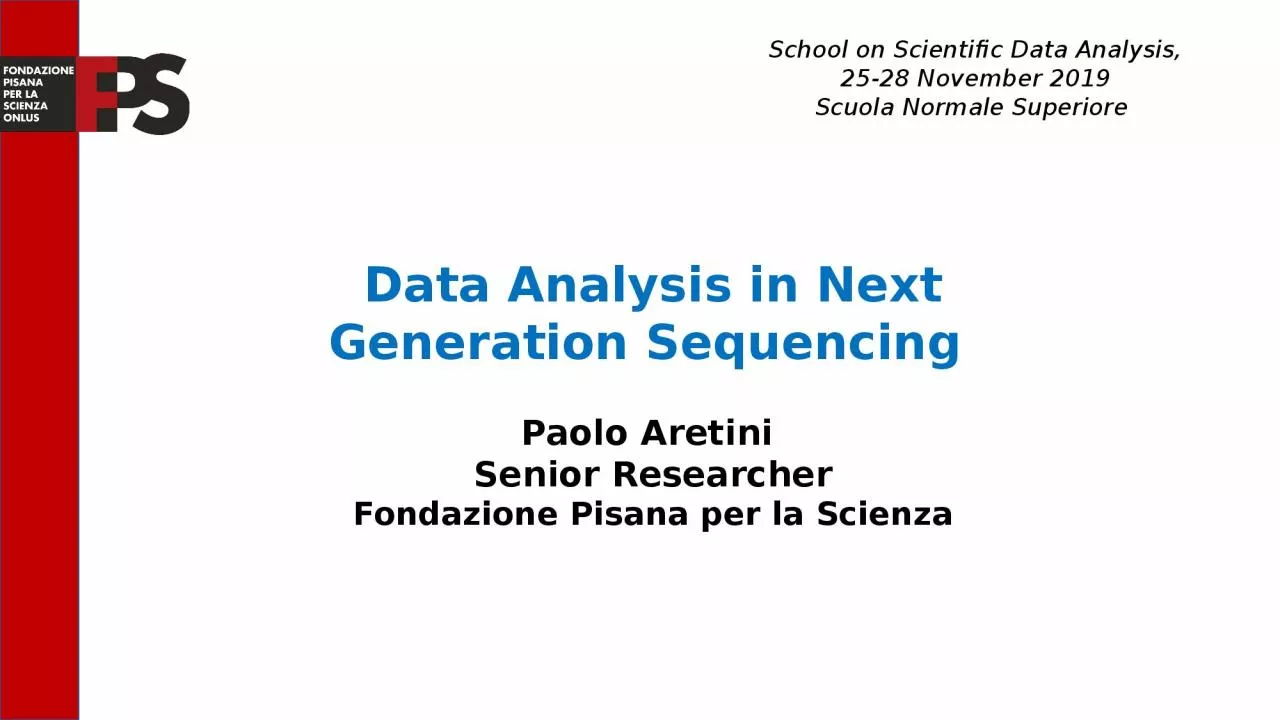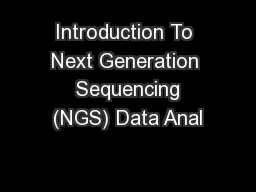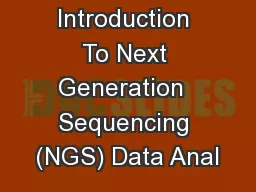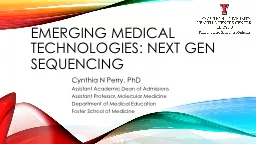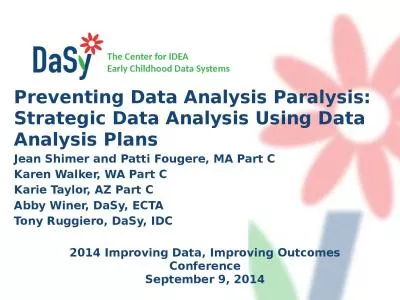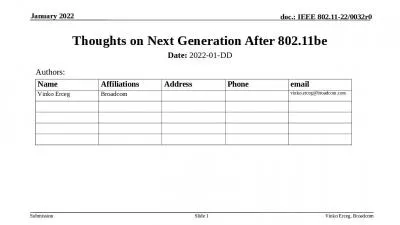PPT-Data Analysis in Next Generation
Author : susan2 | Published Date : 2023-12-30
Sequencing Paolo Aretini Senior Researcher Fondazione Pisana per la Scienza School on Scientific Data Analysis 2528 November 2019 Scuola Normale Superiore
Presentation Embed Code
Download Presentation
Download Presentation The PPT/PDF document "Data Analysis in Next Generation" is the property of its rightful owner. Permission is granted to download and print the materials on this website for personal, non-commercial use only, and to display it on your personal computer provided you do not modify the materials and that you retain all copyright notices contained in the materials. By downloading content from our website, you accept the terms of this agreement.
Data Analysis in Next Generation: Transcript
Download Rules Of Document
"Data Analysis in Next Generation"The content belongs to its owner. You may download and print it for personal use, without modification, and keep all copyright notices. By downloading, you agree to these terms.
Related Documents

